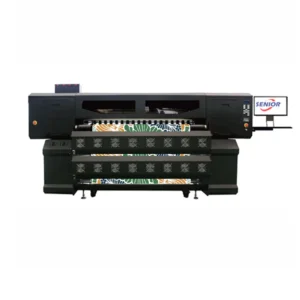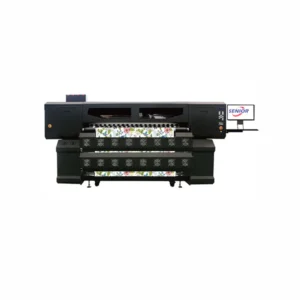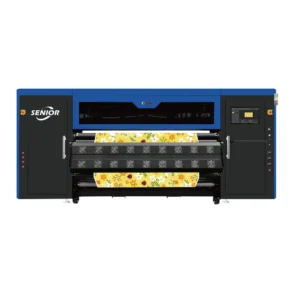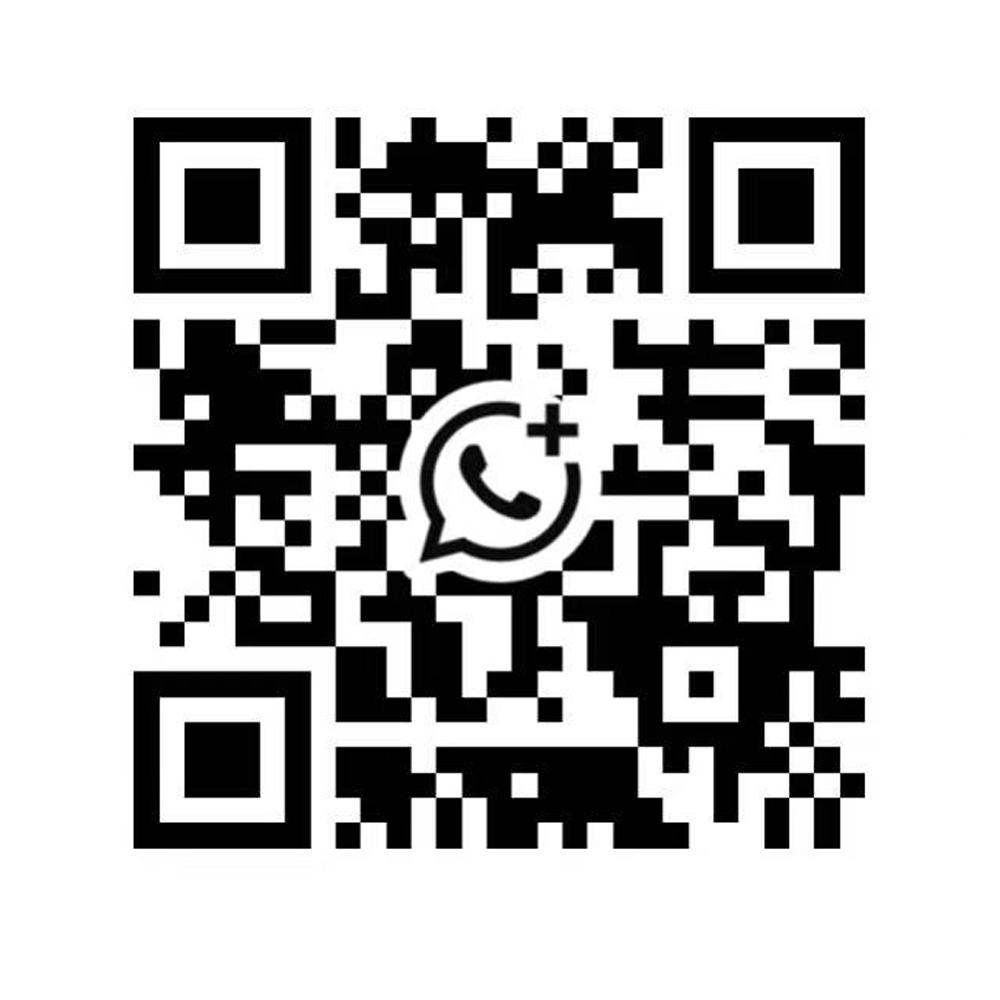In today’s digital printing market, new printer models appear every year. Businesses need different solutions for different products. We have two type: the flatbed digital printer and the UV DTF printer. Names look like similar, but they work in different way. Follow us where are differences them.
What is a UV Flatbed Printer?
A flatbed digital printer prints directly on rigid or flat surfaces. It adopt ultraviolet light to cure UV ink. Bonds strongly, creating durable and high-quality results.
How it works:
- Create the design.
- Place the product on the flatbed platform.
- Start printing with UV ink.
- Let the UV lamp cure the ink instantly.
This process delivers sharp colors and long-lasting prints.
What is a UV DTF Printer?
A UV DTF printer, also called a UV roll-to-roll printer, prints on a special A film first. A laminator covers the A film with B film. After that, you apply the film to the product surface. Once you peel off the film, the design stays on the product.
How it works:
- Create the design.
- Print the design on A film.
- Laminate with B film.
- Transfer the film onto the product.
- Peel off the film to reveal the print.
This process makes UV DTF printers more flexible for curved or uneven surfaces.
UV Flatbed Printer vs UV DTF Printer: 4 Key Differences
1. Print Process
A flatbed digital printer prints directly on the product. The UV DTF printer uses film transfer. Flatbed printers suit flat and rigid products like phone cases, signs, and key chains. UV DTF printers handle curved surfaces such as bottles, mugs, and glassware.
2. Print Quality
A flatbed digital printer gives stronger and more durable prints. UV lamps cure ink directly on product, resistant to peeling or scratching. UV flatbed printers also offer precise X and Y printing, ensures accuracy. With UV DTF printing, the transfer process may reduce durability, and manual application can cause errors.
3. Applications
UV flatbed printer applications:
- Advertising signs
- Metal and glass panels
- Interior decoration
- Phone cases
UV DTF printer applications:
- Gifts and crafts
- Packaging
- Toys
- Personalized accessories
4. Cost (H3)
A flatbed digital printer costs more. It handles large volumes and professional-grade production. A UV DTF printer costs less and fits home use or small businesses.
Which Printer Should You Choose?
Both printers have unique strengths. A flatbed digital printer offers excellent quality, speed, and durability for large-scale businesses. A UV DTF printer offers low cost and flexible printing for small shops or startups.
When choosing between them, think about your business goals and budget. If you need mass production with high quality, go for a flatbed digital printer. If you want affordable printing for small batches or curved products, a UV DTF printer is a smart option.
Final Thoughts
The flatbed digital printer and UV DTF printer both bring value to the printing industry. One focuses on direct, durable printing. The other focuses on flexibility and lower cost. Know your business needs before making your investment. This way, you pick the right printer without wasting money.







